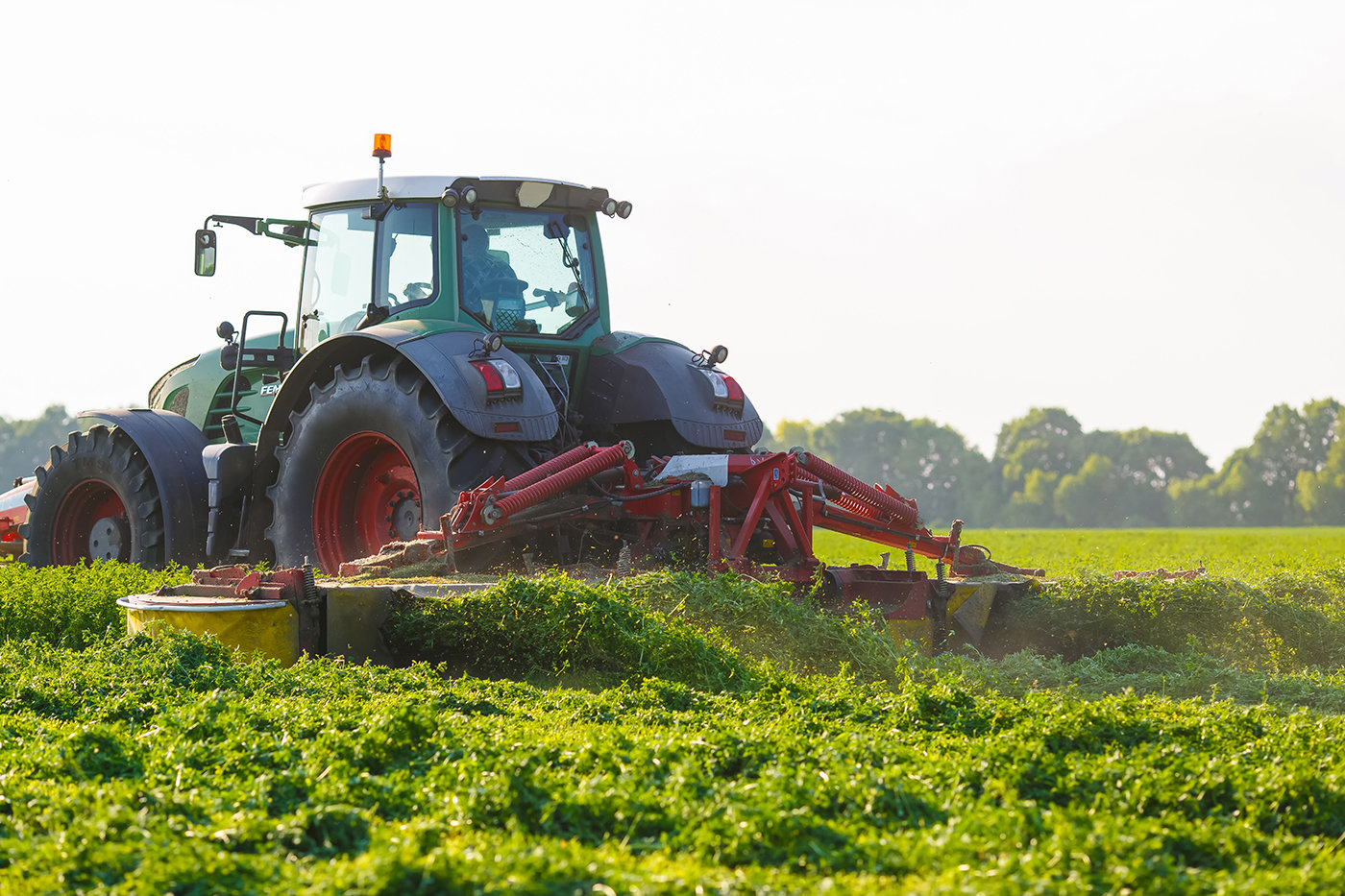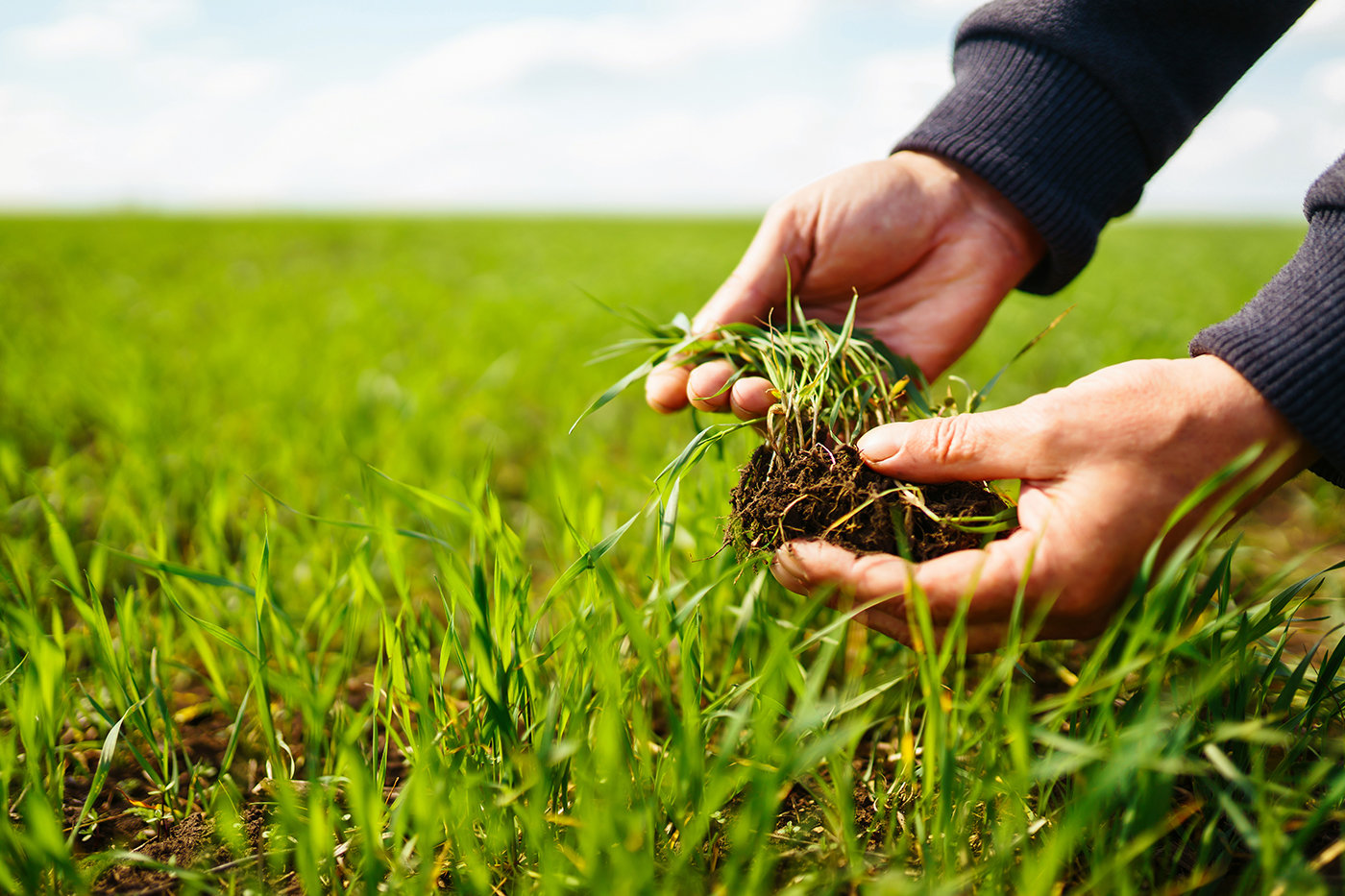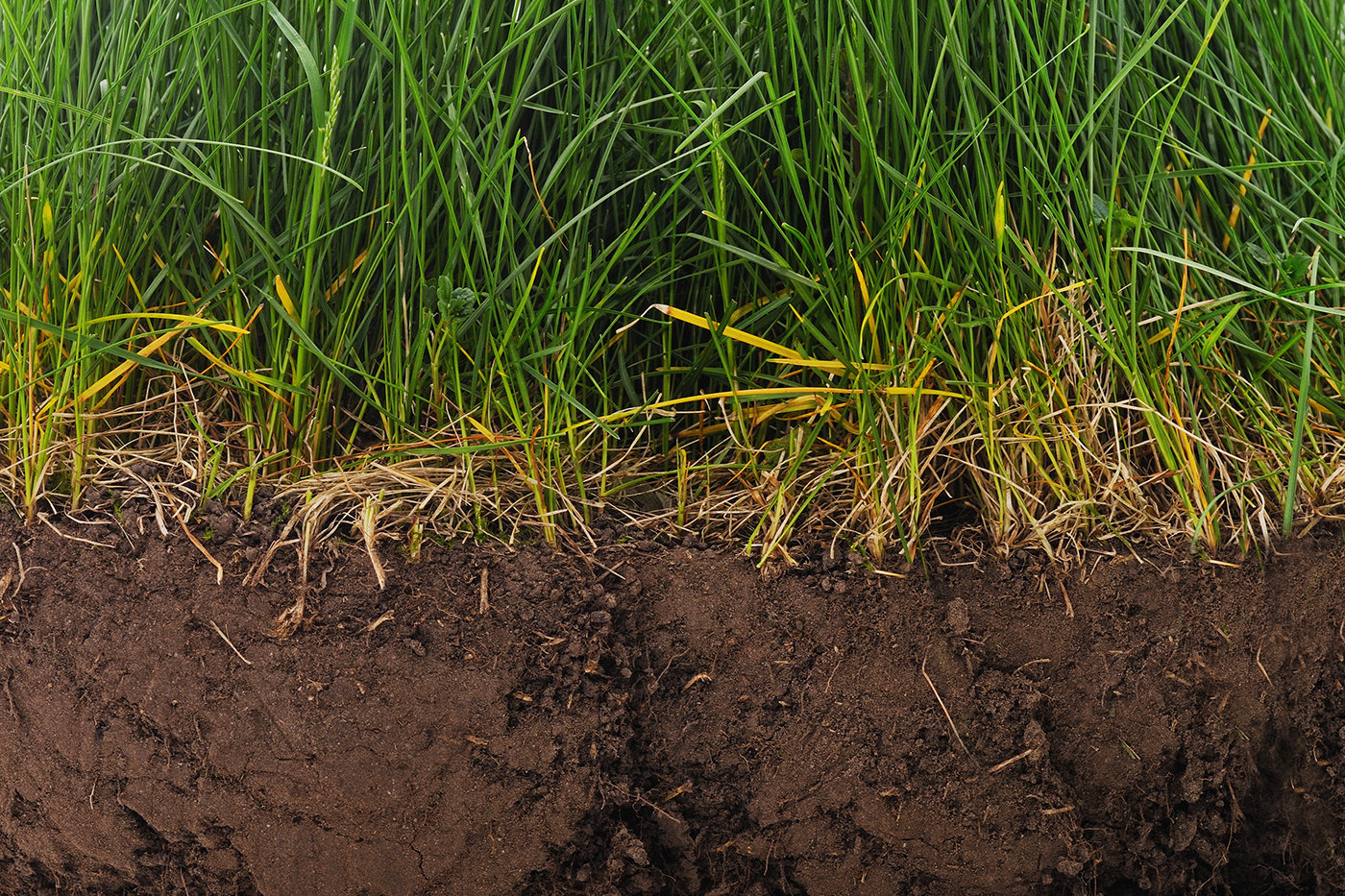Avoid the 'Kid in a Candy Store' Mistake
Those who follow my writings might sense there’s a ‘but’ coming. You’d be right. I wouldn’t dissuade anyone from taking advantage of the current situation – in farming, we have to work with what we’re given and now is a perfect opportunity to start replenishing those lost stocks.
But – and here it is – don’t act like the proverbial kid in a sweetshop, wide-eyed with wonder at the rich pickings. By all means take that early first cut, just exercise extreme caution.

High stakes
As the saying goes, the first cut is the deepest. Except in silage. Of all the cuts you’ll take this season, the stakes are the highest for the first. So don’t try to squeeze out extra yield ‘just in case’. Instead, hold back ‘just in case’.
Taking too much from the sward now could ruin the good growth for the rest of the season. By asking the sward for an extra five per cent now, you could be paying a yield penalty far in excess of that by the time of the second cut, because there won’t have been sufficient time for it to recover biomass. You’re robbing the second cut of its potential.

Daughter tiller timing
We’ve talked about daughter tillers before. Each ryegrass plant can produce up to three such tillers: it’s the mechanism by which ryegrass vegetatively reproduces, and how sward density increases.
Daughter tillers are essential for sward resilience, boosting sward health and persistence, and preventing weed invasion. However, make that first cut too low and you’re putting the production of those daughter tillers at risk.

Contamination
I hardly need add this, as everyone knows the risks inherent from soil contamination of silage. Nevertheless, some fields may still harbour damage – wheelings or uneven areas from poaching – from that wet weather of 2023-2024. Check out the fields and keep cutting and raking heights sufficient to avoid soil contact.

‘Just in case’
We never know what’s around the corner. That’s why this first cut is so strategically important. Because whether that ‘just in case’ is the wettest summer this century or a repeat of 2023’s dry spell, you’ll be thankful that by leaving a healthy residual, you’ve endowed your swards with the best gift of all: resilience.








